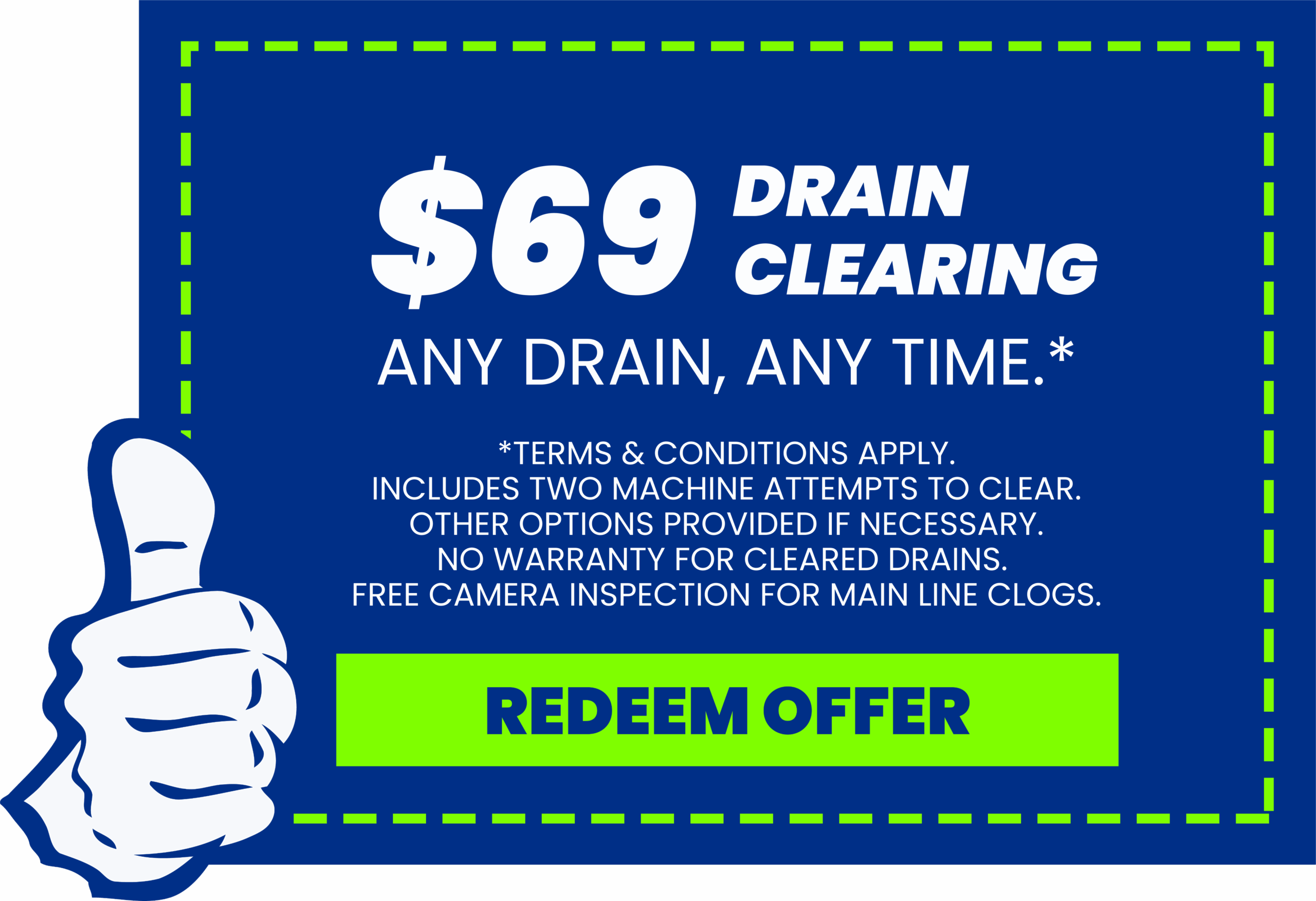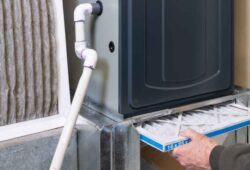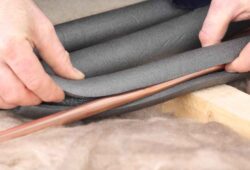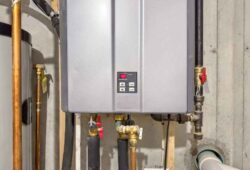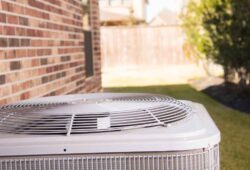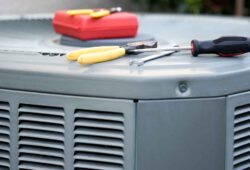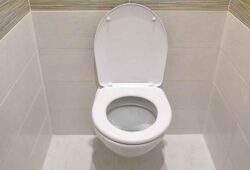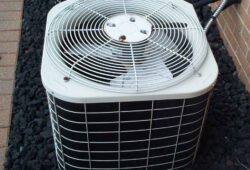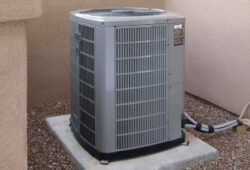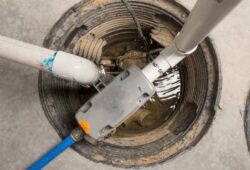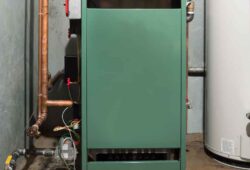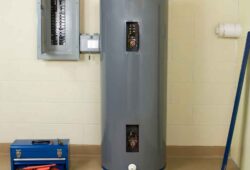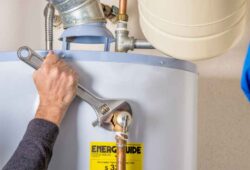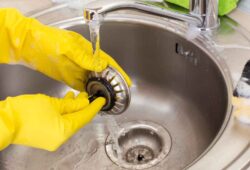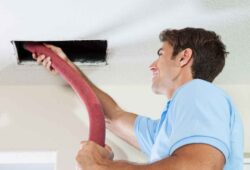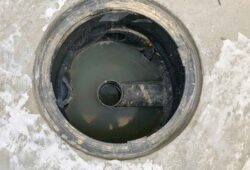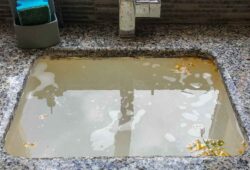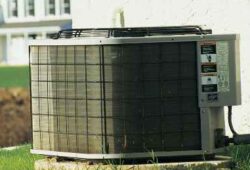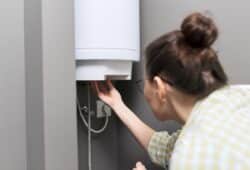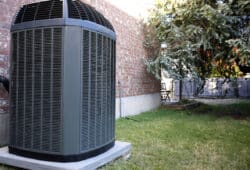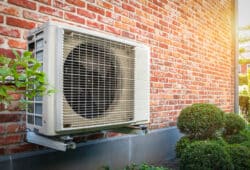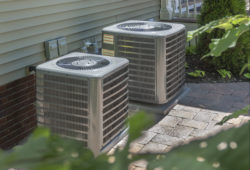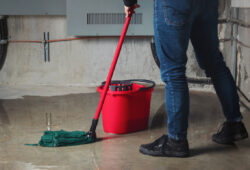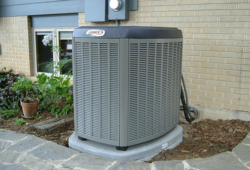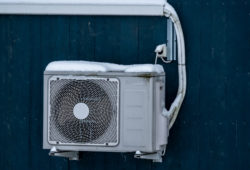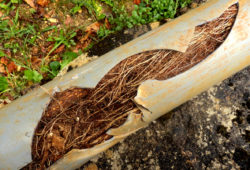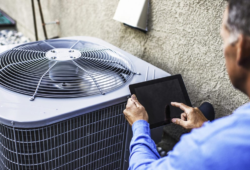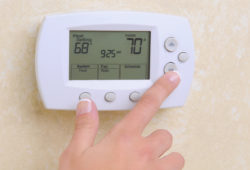A running toilet can be a persistent and frustrating issue, leading to wasted water and higher utility bills. Fortunately, learning how to stop a toilet from running is straightforward and can save you both money and hassle. This guide will cover various causes of a running toilet and provide you with effective solutions to fix it. Whether you’re a DIY enthusiast or just trying to tackle a household chore, these tips will help you stop a running toilet.
Understanding the Causes of a Running Toilet
To effectively address a running toilet, it’s crucial to understand the common causes. Here are the primary reasons why your toilet won’t stop running:
- Worn-Out Flapper: The flapper, located at the bottom of the tank, controls the flow of water to the bowl. A worn-out or damaged flapper can cause continuous water flow.
- Misaligned Chain: The chain connecting the flush handle to the flapper can become tangled or broken, preventing the flapper from sealing correctly.
- Incorrect Float Level: The float controls the water level in the tank. If it’s set too high, water will overflow into the overflow tube.
- Faulty Fill Valve: The fill valve regulates water flow into the tank. A malfunctioning valve can cause constant water flow.
- Overflow Tube Issues: If the water level is set too high, it can spill into the overflow tube and cause the toilet to keep running.
Step-by-Step Instructions to Fix a Running Toilet
1. Turn Off the Water Supply
Start by turning off the water supply to the toilet. The shutoff valve is usually located behind the toilet. Turn it clockwise to stop the water flow.
2. Check the Flapper
Remove the toilet tank lid and inspect the flapper. If it’s damaged or not sealing properly, it needs to be replaced. Here’s how to do it:
- Drain the Tank: Flush the toilet to empty most of the water.
- Remove the Old Flapper: Detach the chain from the flush handle and unhook the flapper from the overflow tube.
- Install the New Flapper: Hook the new flapper onto the overflow tube and connect the chain to the flush handle. Ensure the chain has a slight slack but isn’t too loose.
3. Adjust the Chain
If the flapper is in good condition, check the chain. If it’s too tight or too loose, it can prevent the flapper from sealing correctly. Adjust the chain length so it has about 1/2 inch of slack.
4. Inspect the Float
The float controls the water level in the tank. If it’s set too high, water will overflow into the overflow tube. To adjust the float:
- Identify the Float Type: There are two types of floats—ball floats and cup floats.
- Adjust a Ball Float: Bend the arm of the float downward to lower the water level.
- Adjust a Cup Float: Locate the adjustment screw on the fill valve. Turn it clockwise to lower the water level.
5. Examine the Fill Valve
If adjusting the float doesn’t resolve the issue, the fill valve may be faulty. Here’s how to check and adjust the fill valve:
- Check the Valve: Ensure the fill valve is securely attached and functioning correctly. Tighten or replace it if necessary.
- Adjust the Valve: If the water level is too high, use the adjustment screw to lower it. If the fill valve is old or damaged, replace it with a new one.
6. Check the Overflow Tube
Ensure the water level in the tank is below the top of the overflow tube. If it’s too high, adjust the float or fill valve to lower the water level.
Maintenance Tips for Preventing a Running Toilet
- Regular Inspections: Periodically check the components inside the toilet tank to ensure they are in good condition.
- Replace Worn Parts: Over time, parts like flappers and fill valves can wear out. Replace them as needed to prevent issues.
- Monitor Water Levels: Keep an eye on the water level in the tank and adjust the float or fill valve if necessary.
- Check for Leaks: Regularly inspect the base of the toilet for leaks, which can waste water and damage flooring.
When to Call a Professional
While many running toilet issues can be fixed with DIY methods, some problems require professional assistance. If your toilet still won’t stop running after trying these steps, or if you encounter persistent issues, it’s time to call a plumber. Professionals can diagnose and fix complex problems that may be beyond a simple DIY fix.
Contact Preferred Home Services For Your Toilet Needs
Learning how to stop a running toilet can save you water, money, and frustration. By understanding the common causes and following the step-by-step instructions, you can effectively address the issue. Regular maintenance and timely repairs will keep your toilet functioning efficiently.
If you need professional assistance or prefer not to tackle the repair yourself, contact Preferred Home Services for all your toilet repair needs. Our experienced technicians are ready to help you with any plumbing issues. Reach out to us today to schedule an appointment and ensure your toilet runs smoothly and efficiently!















